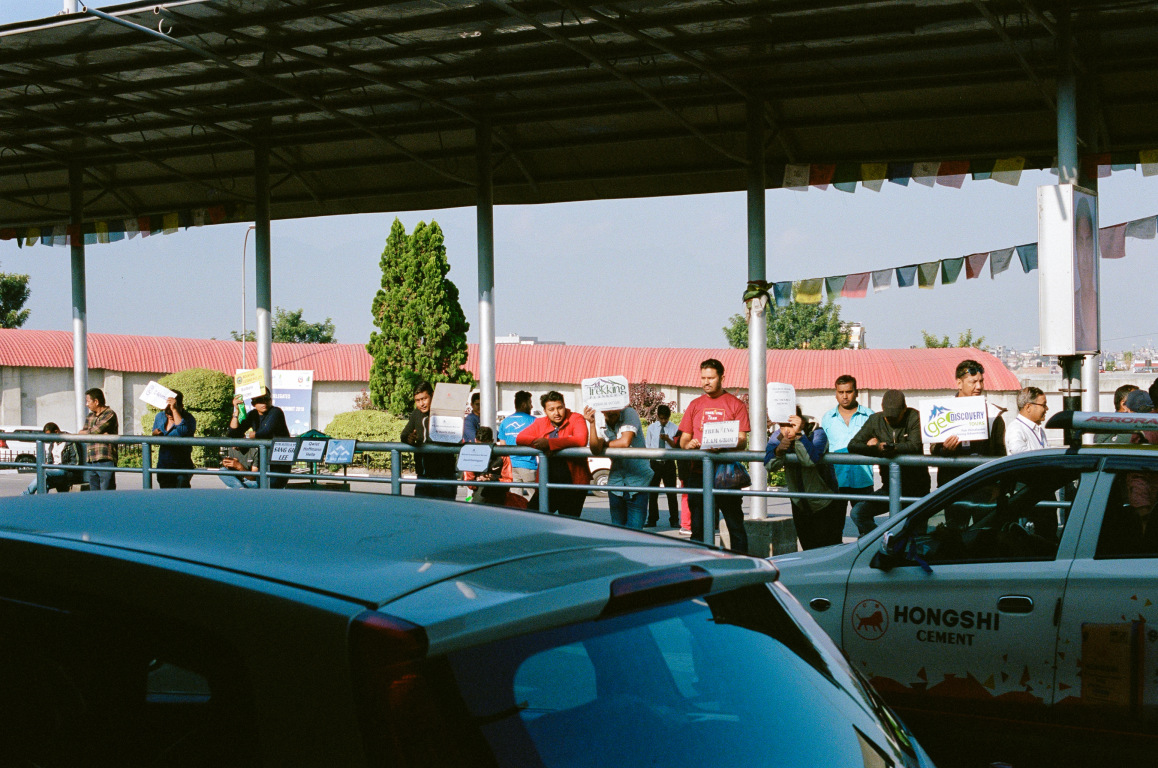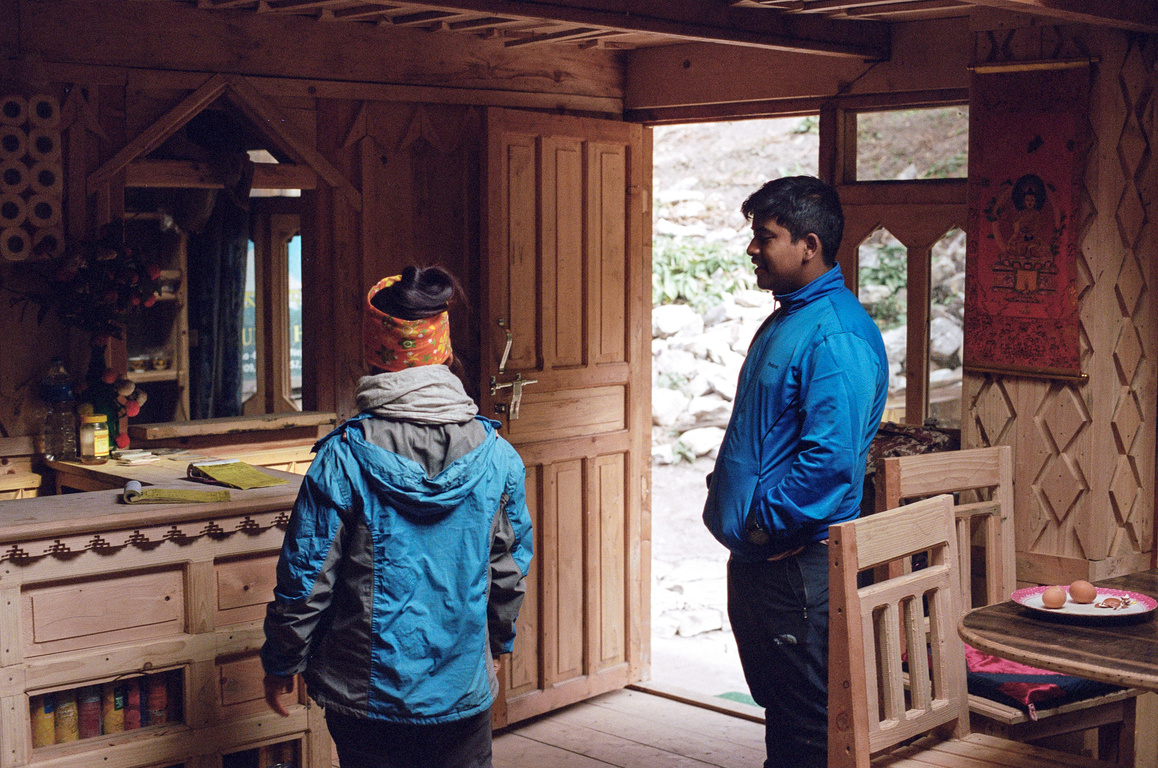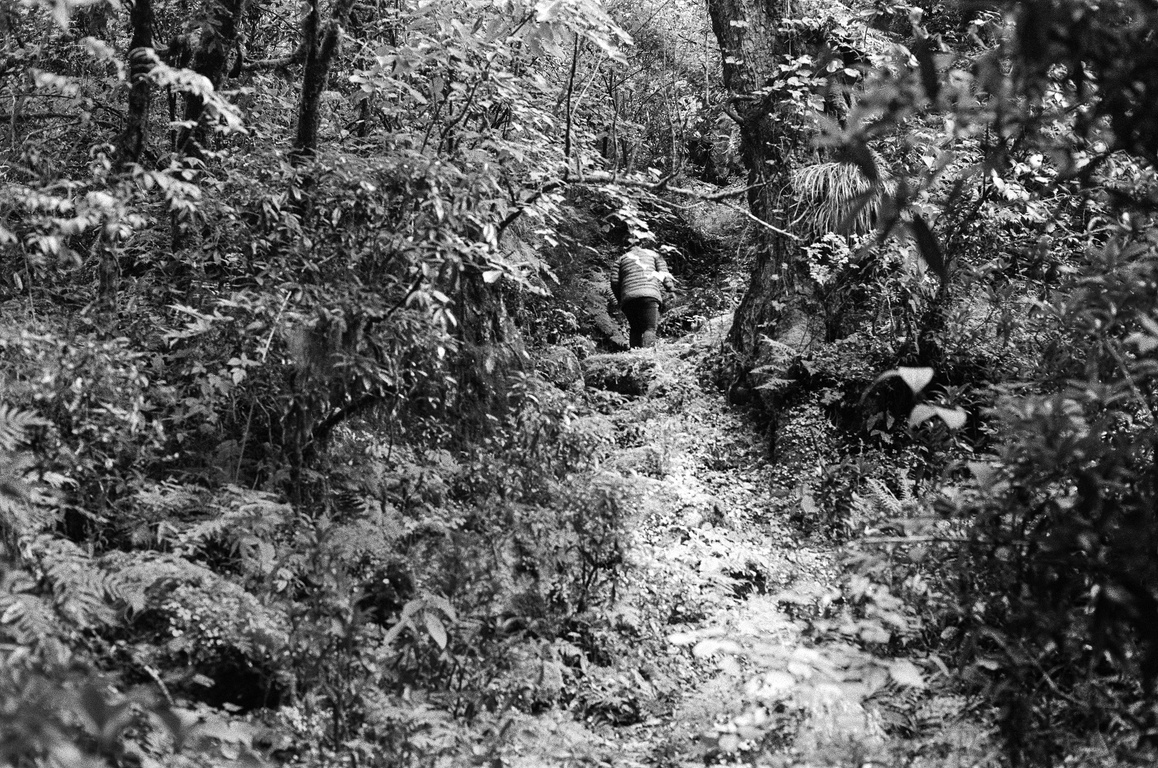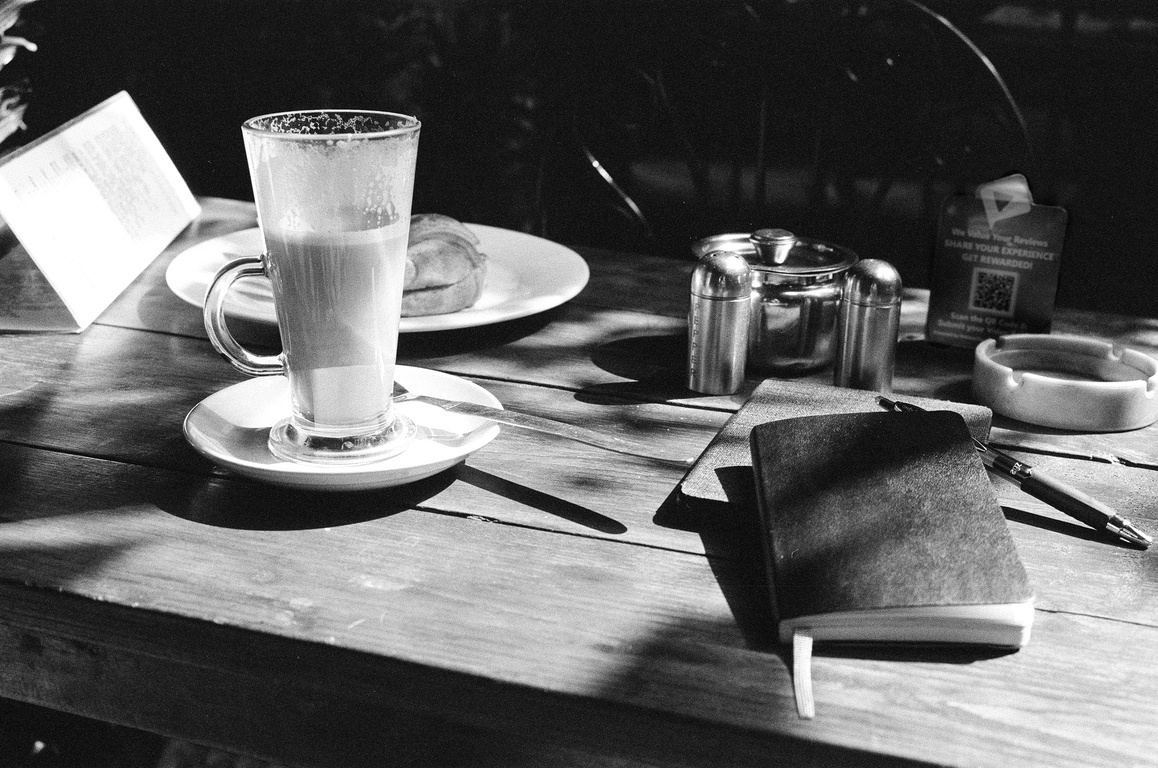
I wake up three days into the trek in Jagat, and I am sore. I ache. I eat breakfast, throw my pack on my back, and we’re on our way. As we get moving, the soreness starts speaking in new ways — the ankle that seems upset, the knee (not even the one I’d hurt a few days before I got on the plane!) that has had enough of the up and down, the bruises on my hips from a badly adjusted pack that was busily driving the hard part of its frame squarely into my ilium.
As I keep taking steps, mile by “Nepali flat” mile of rolling elevation change, each ache seems to submit to the inevitability that I will continue walking, and each one subsides from my consciousness in its own time.
That is, every ache but one. The one ache that will persist all day — the one that drove me to get on a plane and start walking in the first place — stays stubbornly at my side. Maybe one day, it, too, will dissipate. But today is not that day. Maybe not this trip, either.
The last few days of the trek are upon me. On the other side of the river, back at the beginning, I remember the expectation of being ground to dust. I hoped that the operation of walking for a few weeks would turn me into a pile of ash, from which I could partake of some mystical Phoenix-like rebirth. But there was nothing magical about a trail that would fundamentally change who I am. Staring down the end, I find that I am exactly the same as I was before, with the same fears and hopes and desires and longings and cravings, relating to the world in just the same ways as before.
The same as I always was, indeed — just maybe a few pounds leaner...






